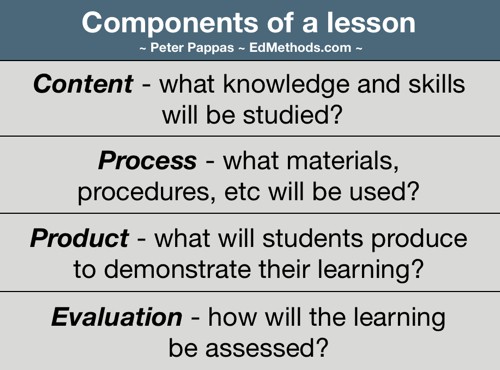Common Core offers an incentive for teachers to use historic documents to build literacy skills in a content area while empowering students to be the historian in the classroom. But document-based (DBQ) instruction in this context requires four key elements to be successful:
- The right documents.
- Knowing how to look at them.
- Letting students discover their own patterns, then asking students to describe, compare and defend what they found.
- Basing the task on enduring questions, the kind that students might actually want to answer.
Class 4 offers strategies for assisting students to more closely read a document (in all their multimedia formats) by answering three Common Core questions.
- What did it say?
- How did it say it?
- What’s it mean to me?
Here’s a pdf handout of my slide deck Week 4 HandOut (6 MB pdf)
Next our class examined two sample DBQ’s that I have designed. The first is my iBook “Progress and Poverty in Industrial America” ~ Free at iTunes. The second is the PDF version of my Homefront iBook series. Link to free PDF.
Students will be assigned the task of designing their own DBQ.
Additional resources:
For more strategies see these tags on my blog:
Close Reading | History / DBQ’s
Other examples of my DBQ’s available as free pdfs.
European Views of the New World | The Impact of Industrialization
Title: “An A B C, for baby patriots”
Creator: Ames, Mary Frances
Publisher: Dean & Son
Place of Publication: London (160a Fleet Street E.C.)
Publication Date: [1899]
Archive: University of Florida UF00086056:00001


